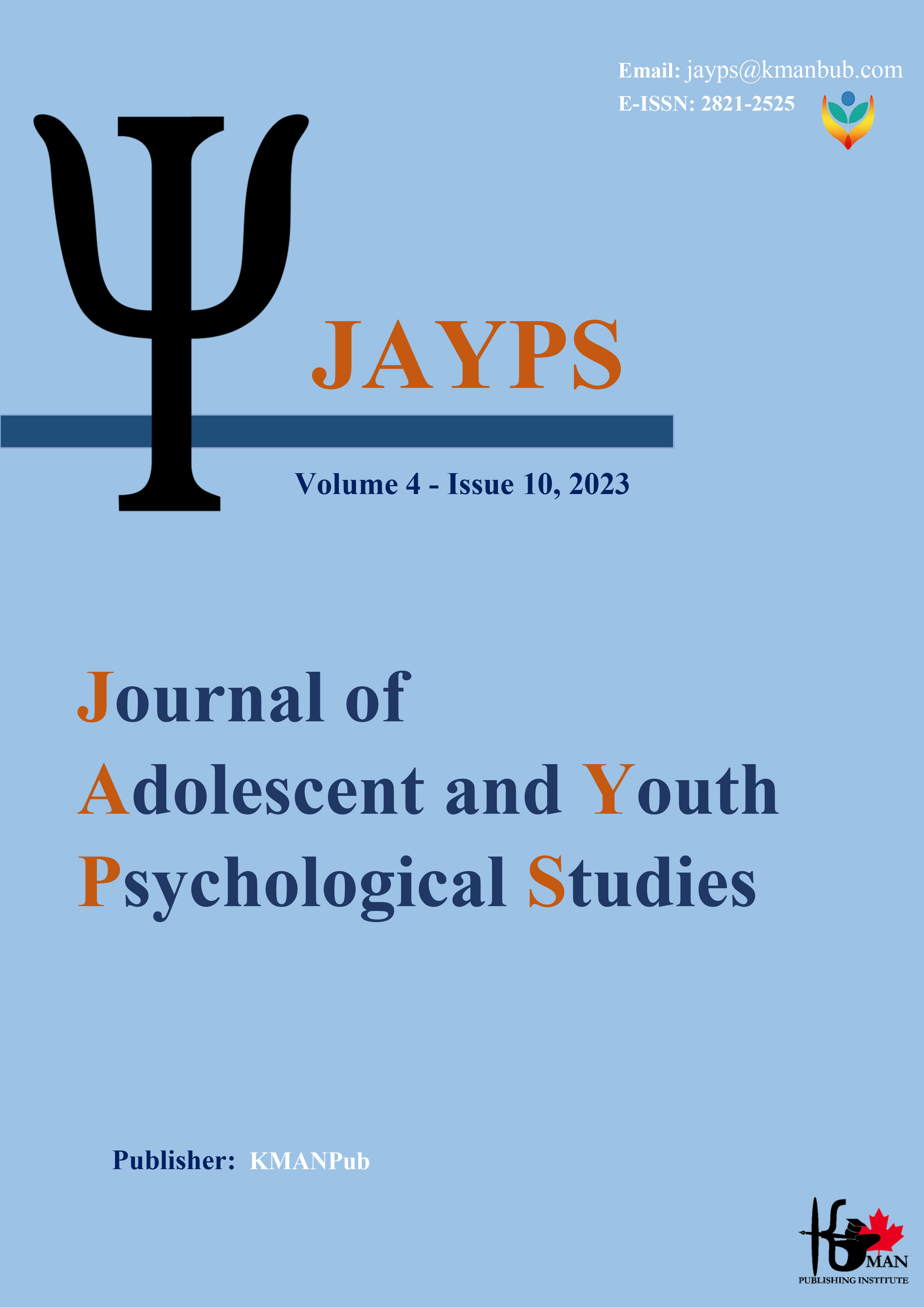Designing a consolidated curriculum model in sixth grade science education
Keywords:
Integrated curriculum, experimental science education, sixth grade, Klein's 9 elementsAbstract
Background and Aim: Background and purpose: Education in elementary school is very sensitive. In this context, today, those involved in the educational system are trying to provide the desired form of education for learners through the curriculum in the form of a consolidated curriculum. Based on this, the main goal of the current research was to design an integrated curriculum model in sixth grade science education. Methods: The current research method was of a qualitative type in the qualitative content analysis method and of an inductive type. The participants included experts in educational sciences, curriculum planning and science education, (professors of Farhangian University, State University, Azadopiam Noor) and teachers, who were selected using non-random sampling method based on criteria and semi-structured interviews with 18 people. Results: The findings showed that 9 main categories based on Klein's curriculum elements (goals, content, teaching learning strategies, learning activities, place, time, tools, grouping of learners and evaluation of learning) and 151 subcategories were extracted and a suitable model was designed. Validation results based on the opinions of 13 experts according to CVI-CVR indicators showed that the designed model has the required validity. Conclusion: It can be concluded that the model identified in the current research can be implemented in the sixth-grade science course and it leads to the improvement of the quality of education.
Downloads
Downloads
Additional Files
Published
Issue
Section
License

This work is licensed under a Creative Commons Attribution-NonCommercial 4.0 International License.









